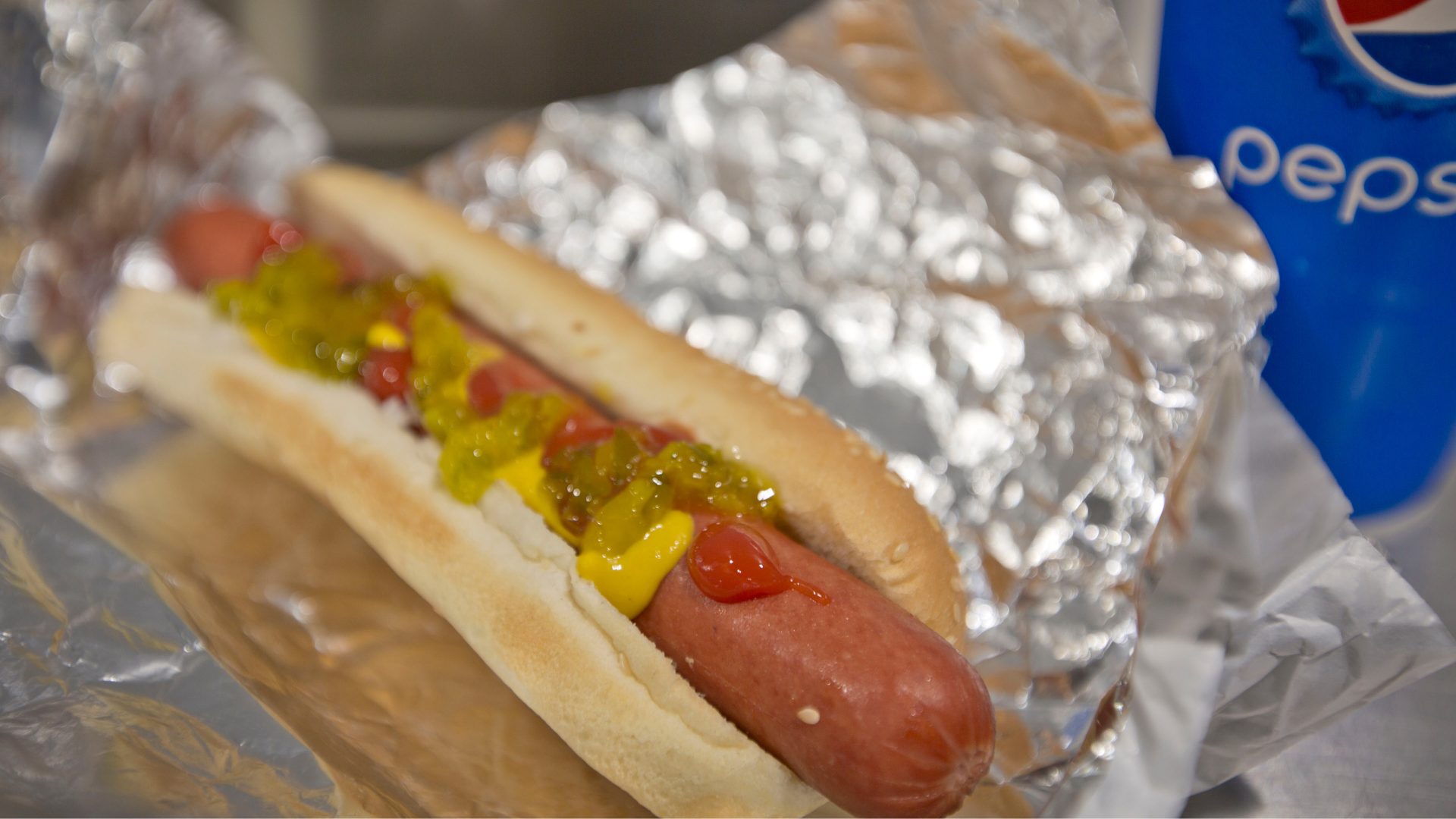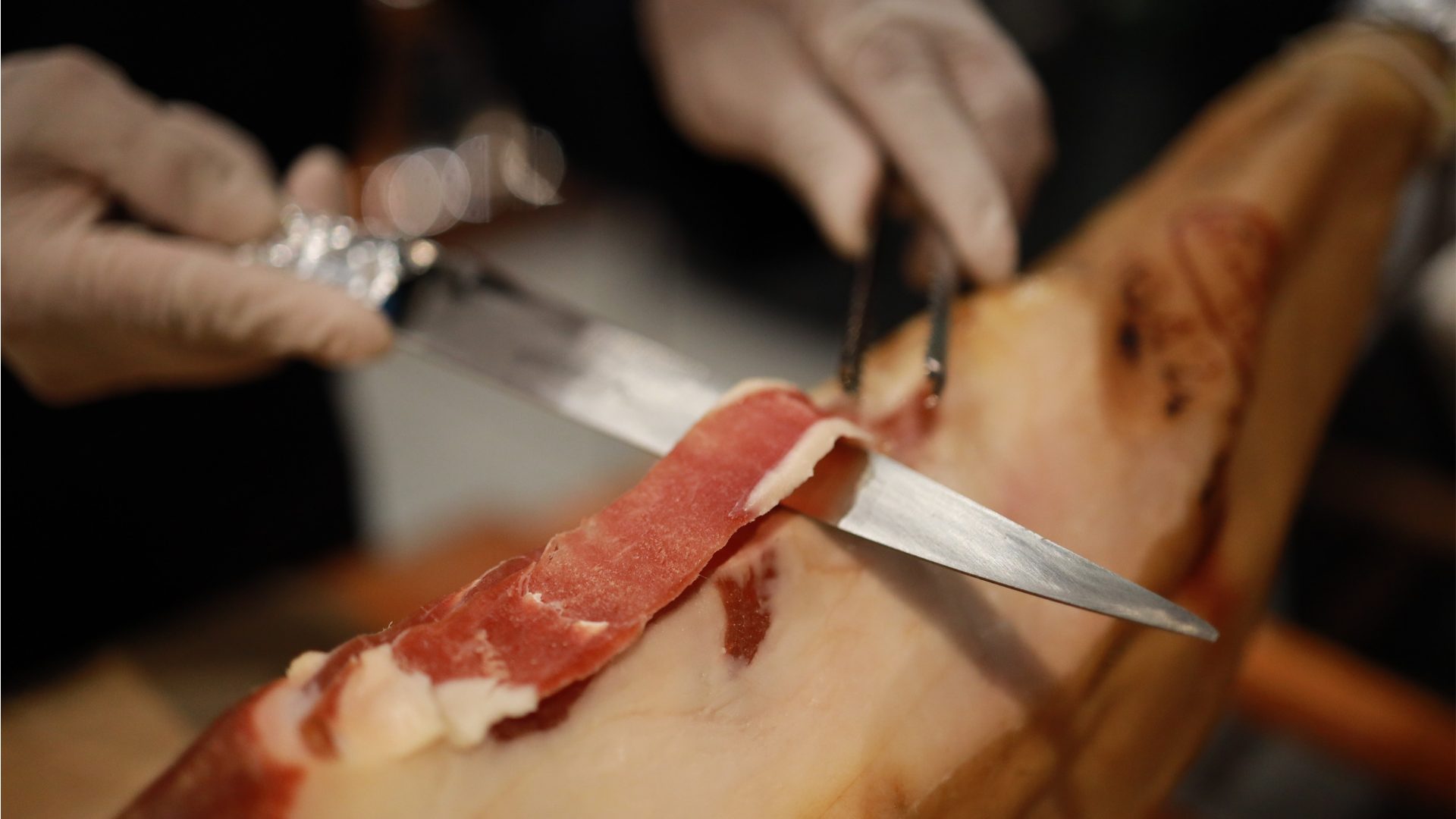Plant-Based Values, Natural Retailers Drive Next-Gen Growth
The next phase of plant-based growth is beginning to take root. New SPINS data, global flavor innovation, and the growing influence of natural retailers suggest 2026 could be a pivotal year – if brands rethink value, positioning, and proof-of-concept strategies.







































